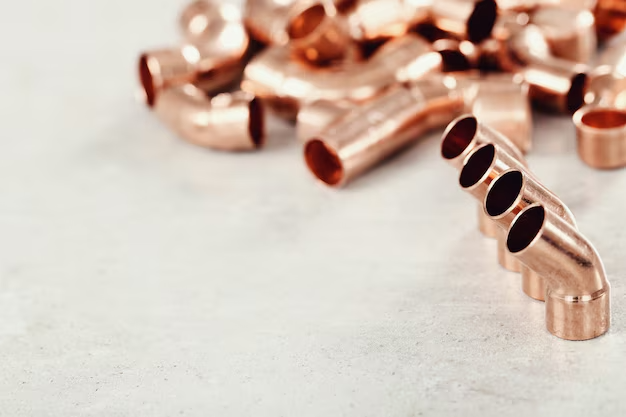Brass pipe fittings play a vital role in plumbing and construction projects. Known for their durability and resistance to corrosion, these fittings ensure a reliable connection in various applications. Understanding the types and uses of brass fittings can help you make informed decisions for your projects.
What Are Brass Pipe Fittings?
Brass pipe fittings are components used to connect, control, and direct the flow of fluids in piping systems. Made from a copper and zinc alloy, brass offers a combination of strength, ductility, and resistance to corrosion. This makes it an ideal choice for plumbing, heating, and industrial applications.
Types of Brass Pipe Fittings
Brass fittings come in various types, each designed for specific functions:
Elbows: Used to change the direction of piping, elbows come in various angles, such as 90 and 45 degrees.
Tees: These fittings allow for branching off in two directions from a single pipe. They are essential for creating multiple pathways in plumbing systems.
Couplings: Used to connect two straight sections of pipe, couplings ensure a secure joint and maintain the flow of fluids.
Adapters: These fittings connect pipes of different sizes or materials, allowing for versatile plumbing solutions.
Valves: Brass valves control the flow and pressure within a system. They can be used to shut off flow or regulate it.
Advantages of Brass Pipe Fittings
Brass pipe fittings offer several advantages:
Corrosion Resistance: Brass resists rust and corrosion, making it ideal for both indoor and outdoor applications.
Durability: Brass fittings withstand high pressure and temperature fluctuations, ensuring long-lasting performance.
Easy to Work With: Brass is easy to machine and fabricate, allowing for precise fittings and connections.
Aesthetic Appeal: The golden hue of brass adds a decorative touch to visible plumbing installations.

Applications of Brass Pipe Fittings
Brass fittings find applications in various fields, including:
- Residential Plumbing: Used in water supply lines, faucets, and fixtures.
- Heating Systems: Essential for connecting radiators and boilers.
- Industrial Applications: Common in manufacturing processes where fluid transport is necessary.
Maintenance and Care
To ensure the longevity of brass fittings, follow these maintenance tips:
- Regular Inspections: Check for leaks or signs of wear.
- Clean with Care: Use mild detergents to clean brass fittings, avoiding harsh chemicals that can cause tarnishing.
- Avoid Over-Tightening: Over-tightening can damage fittings. Use the recommended torque specifications for each fitting type.
Conclusion
In summary, pipe fittings are essential components in plumbing and construction. Their durability, resistance to corrosion, and ease of use make them a popular choice for various applications. By understanding the types and benefits of brass fittings, you can make informed decisions for your plumbing needs.
